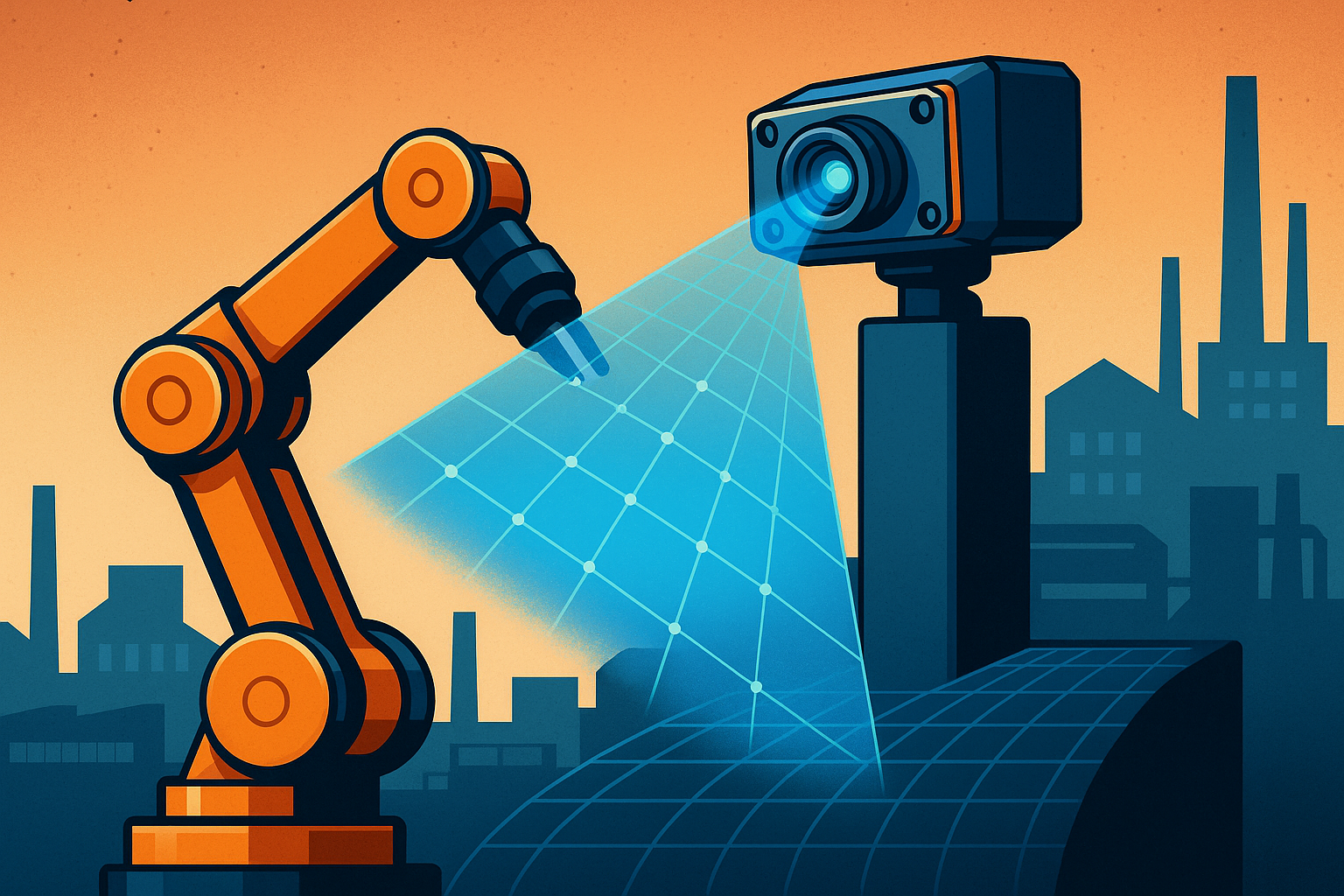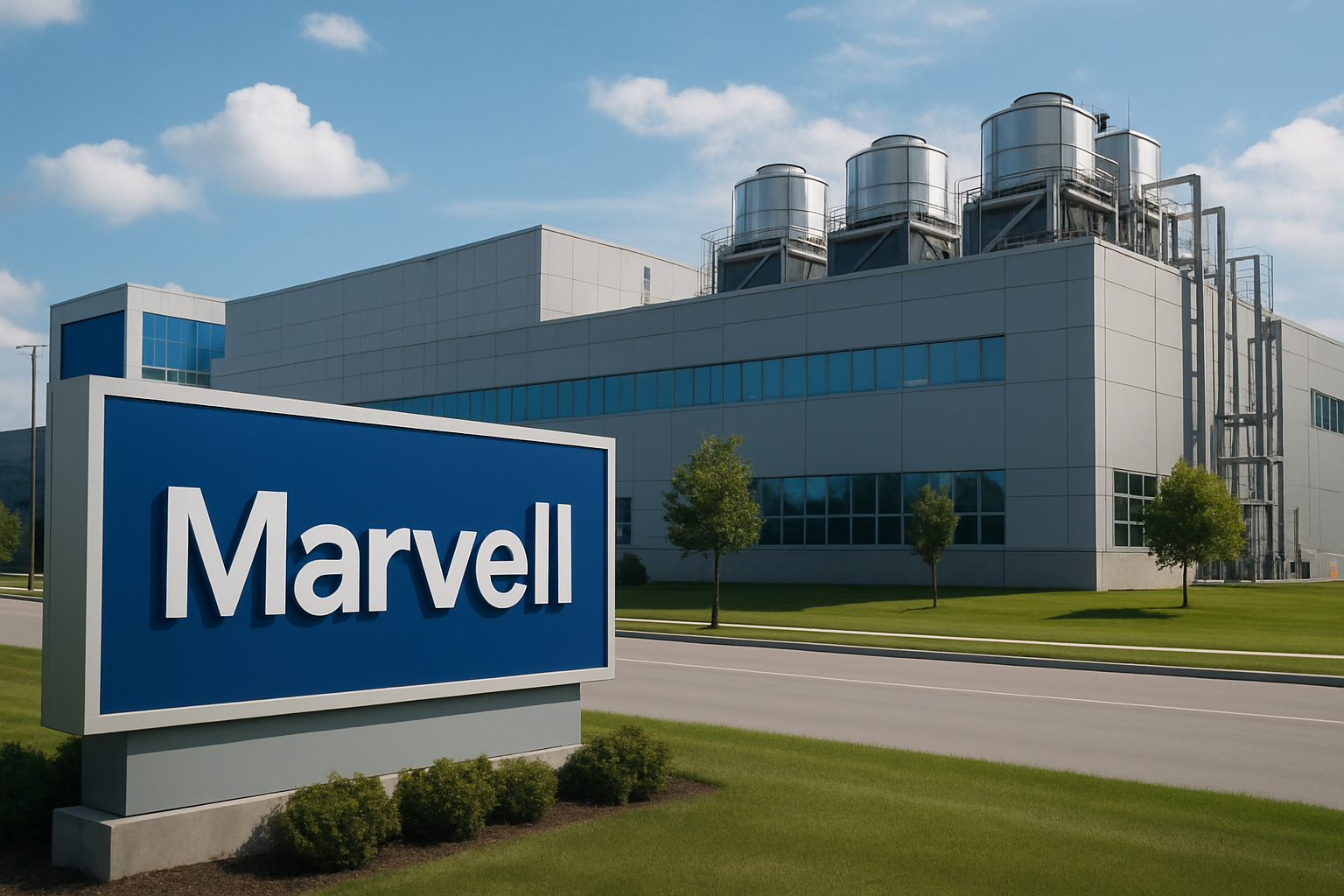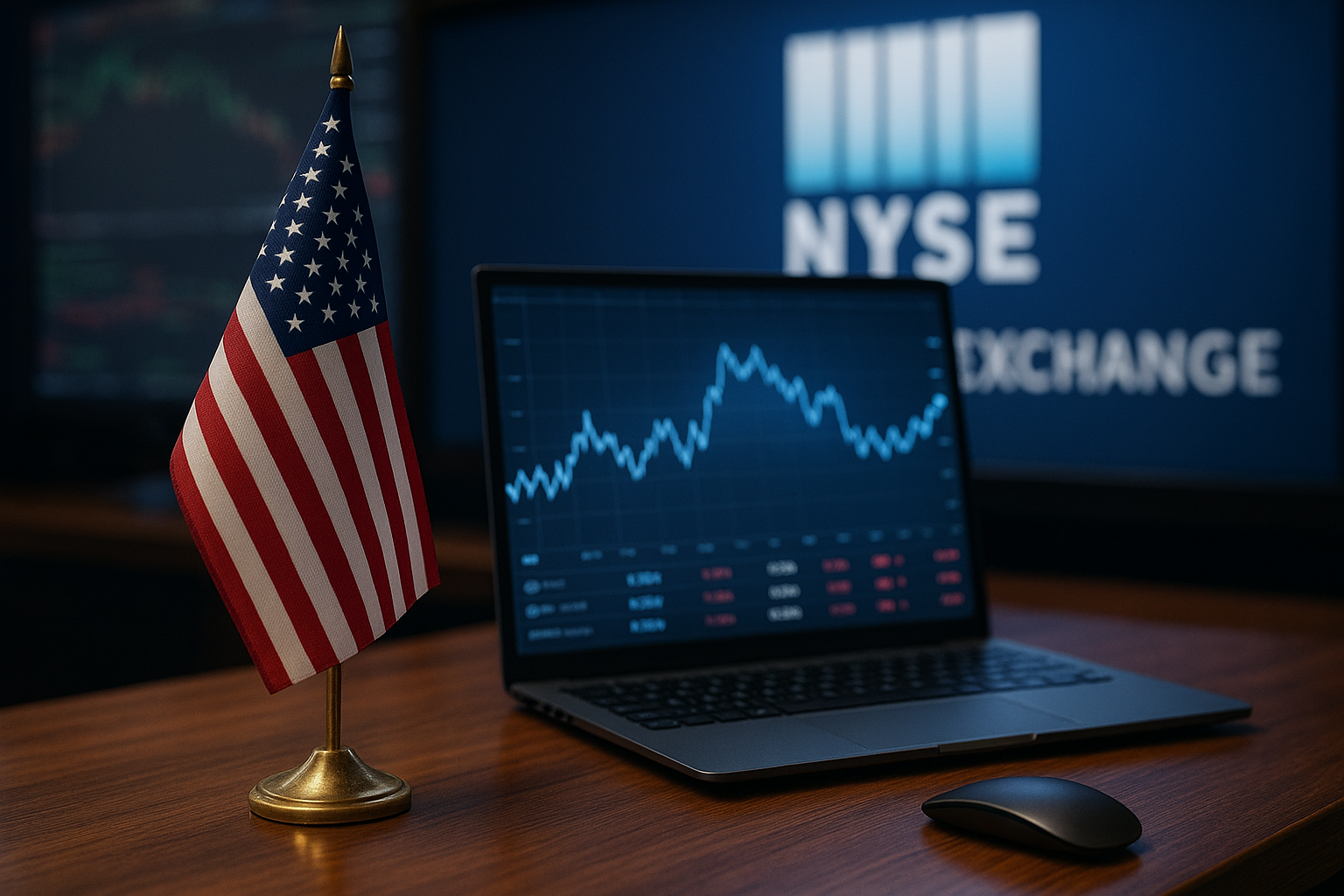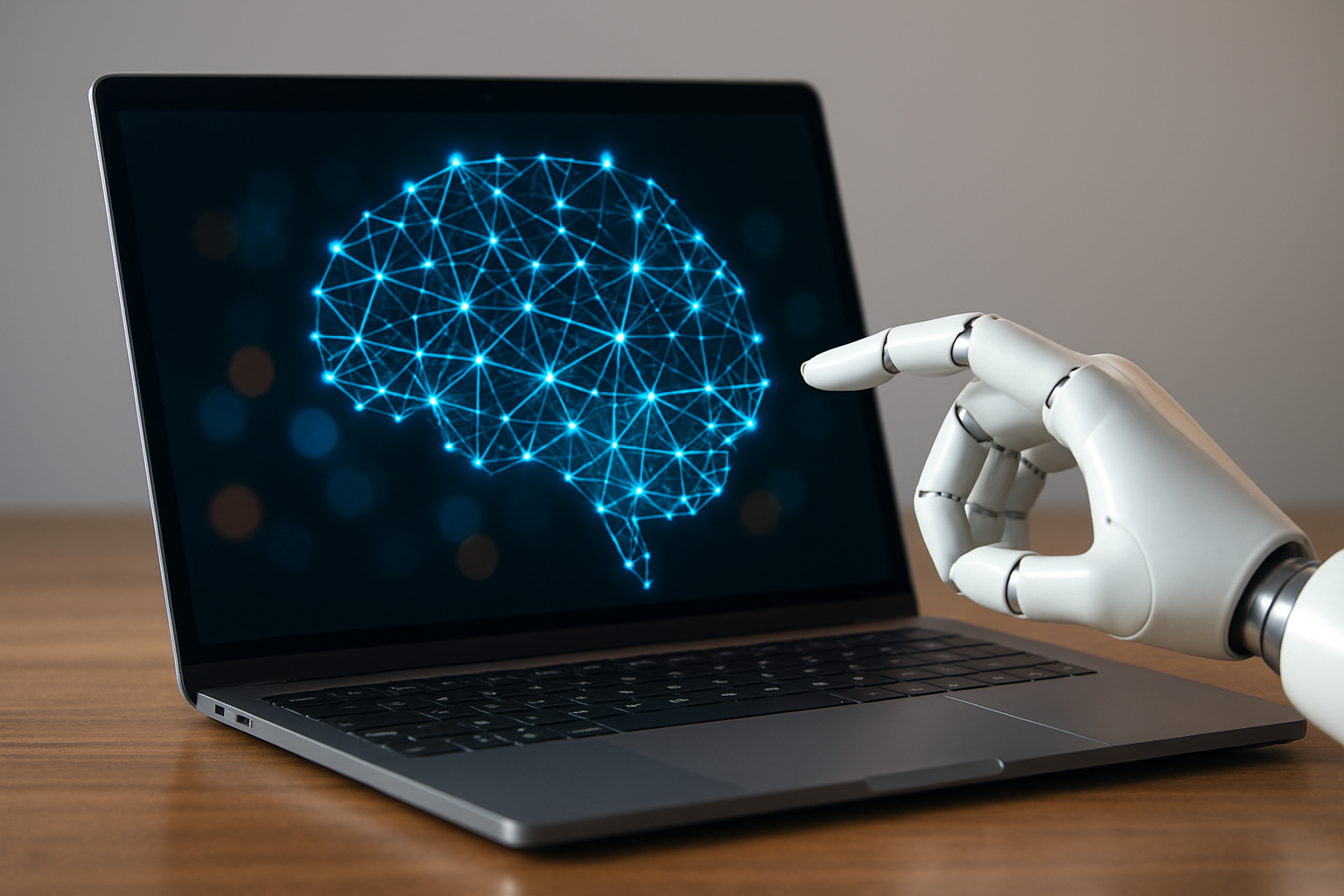Industrial Automation Gets a 4D Upgrade as Apera AI Gains Investor Traction
The global manufacturing sector is on the brink of a transformative leap, and one Canadian startup is poised to lead the charge. Apera AI, a Vancouver-based innovator in robotics vision, has closed a Series A funding round to accelerate the commercial deployment of its patented 4D vision automation technology—a system designed to revolutionize robotic precision in factories.
According to a July 26 release from PR Newswire, the undisclosed Series A round brings in strategic investors to support Apera AI’s expansion into U.S. industrial hubs, aiming to capitalize on surging demand for smart automation in advanced manufacturing. The announcement has gained traction across venture and tech circles as a signal that robotics vision and AI-powered automation are no longer optional—they are the future of industrial productivity.
Why This Matters for Investors
1. The Market for Industrial Vision Is Heating Up
As factories adapt to post-pandemic labor shortages and onshoring trends, automation is no longer just about robotic arms—it’s about how accurately and quickly machines can see, identify, and act. Apera AI’s 4D vision system uses a combination of spatial-temporal imaging and AI to reduce “vision downtime” in real-world production lines.
Industry reports from MarketsandMarkets estimate the global machine vision market will grow from $12.3 billion in 2024 to over $18 billion by 2028, with robotics vision comprising a substantial share of that growth. Apera AI’s patented tech allows robots to perform tasks traditionally handled by humans—such as part recognition and dynamic sorting—with near-zero latency.
2. Strategic Timing for North American Expansion
The funding comes amid a U.S. push to localize supply chains and boost domestic production capacity. The Biden Administration’s CHIPS and Science Act, coupled with AI-friendly industrial policies in states like Texas, Ohio, and Michigan, creates fertile ground for Apera AI to scale in sectors like automotive, electronics, and precision components.
“In the U.S., there’s a massive need for intelligent robotics as factories modernize,” said Martin Finch, a venture analyst at Autonomous Capital. “Apera AI’s ability to bring depth, speed, and adaptability into robotic vision gives it a unique competitive edge.”
3. Signs of Early Commercial Viability
Unlike many emerging-market startups, Apera AI already has working partnerships with tier-1 manufacturers and robotic system integrators. The firm claims its system has cut setup time for new robotic processes by up to 90%, reducing deployment from weeks to hours.
This isn’t just hype. According to TechCrunch, similar technologies from firms like Cognex and Zivid have fetched high revenue multiples during M&A discussions. Apera AI’s unique 4D edge positions it as a possible acquisition target as larger industrial firms race to embed AI into factory floor systems.
Future Trends to Watch
- Next-Wave Factory Automation: Investors should monitor growth in vision-enhanced robotics as manufacturing pivots from fixed workflows to AI-adaptive production lines.
- AI + Hardware Hybrid Models: Apera AI’s software-defined hardware approach is part of a broader industry shift where machine learning directly informs physical operations.
- U.S. Reshoring Incentives: Policies boosting U.S.-based manufacturing may create strong tailwinds for automation startups serving localized supply chains.
Credible References
- PR Newswire, “Apera AI Secures Series A Financing to Expand 4D Vision Robotics”
- MarketsandMarkets, “Machine Vision Market Forecasts, 2024–2028”
- McKinsey Global Institute, “The Future of AI in Advanced Manufacturing”
- TechCrunch, “Industrial AI Startups Are Gaining Deal Momentum” (2025 Q2)
Key Investment Insight
Emerging players like Apera AI are quietly becoming critical enablers of the next-generation industrial supply chain. With first-mover advantage in 4D vision, early market traction, and relevance to policy-driven manufacturing priorities, this startup embodies a compelling venture-to-exit opportunity.
Investors should track its expansion milestones, potential B-round valuations, and any signs of strategic interest from established players in robotics, automation, or AI-enhanced logistics.
Stay tuned with MoneyNews.Today for cutting-edge coverage on how emerging industries are reshaping global investment strategies—before they hit the mainstream.





